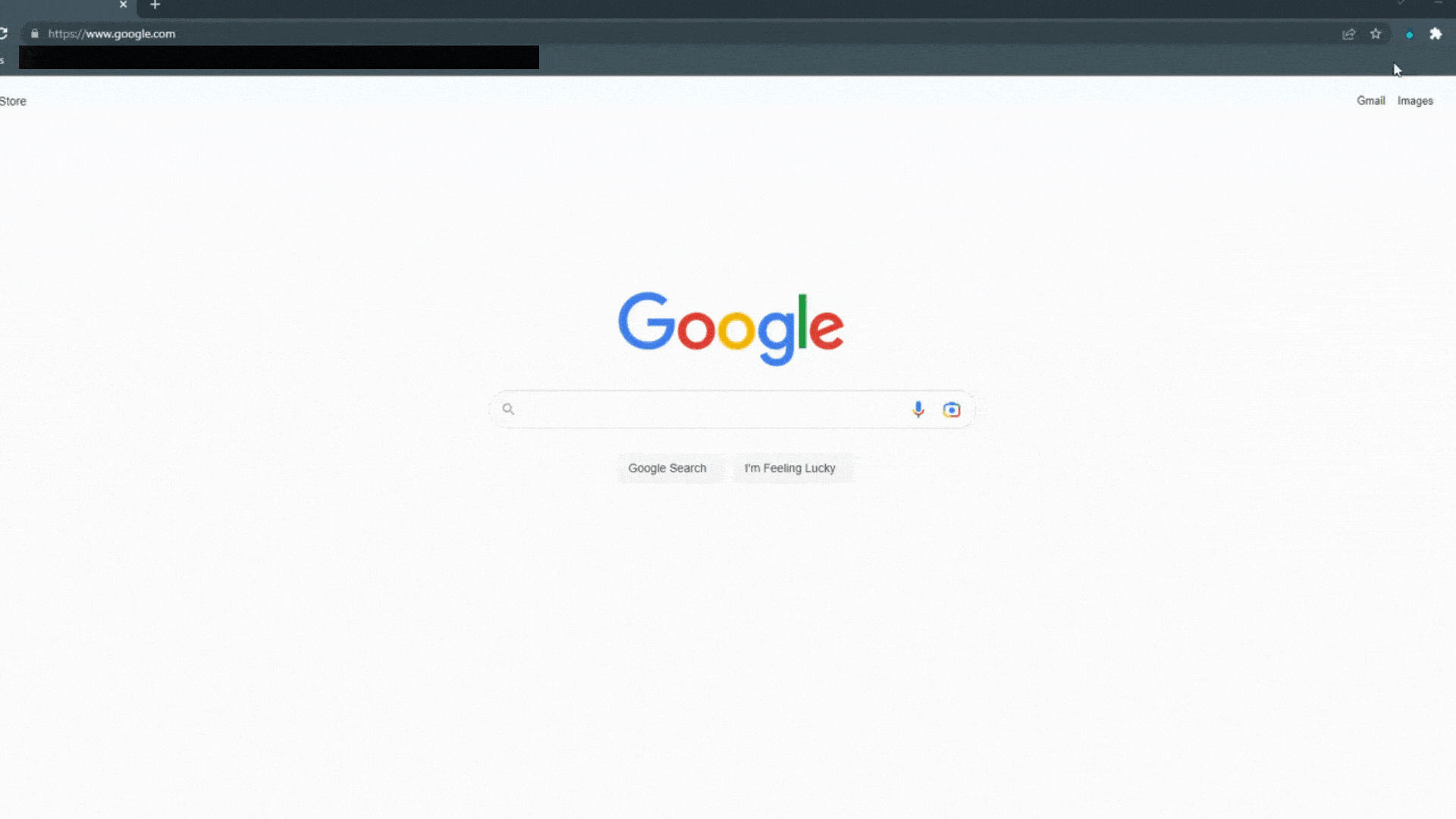Cybersecurity for Utilities: Common Threats & Best Practices
Utility companies, such as those that provide electricity, natural gas, and water, are increasingly vulnerable to cyberattacks. According to recent data compiled by Cisco, 73% of IT security professionals who work in utilities say they've experienced a public security breach. This is a startling percentage when compared to the 55% in other industries.
Organizations within the utility sector must improve their cybersecurity posture to prevent dangerous threats. After all, threats are not only harmful to business operations but also potentially detrimental to the communities that rely on utility services.
In this cybersecurity for utilities guide, we'll discuss the common threats these companies are up against, the unique challenges they face when adopting cybersecurity principles, and the best practices required to mitigate risks.
First, here are the five key things to understand about cybersecurity for utilities:
- The utility sector includes companies that supply many utilities, from water to natural gas. These companies also manage the delivery of these services and the utility infrastructure.
- There are many cyber threats facing utility companies, including hacking, phishing, ransomware, and other risks.
- Utility companies face many challenges when improving their security posture, including the use of legacy systems, the need to comply with ever-evolving standards, and the cost of security initiatives.
- These companies can improve their security posture quickly by implementing threat detection, improving their password hygiene, securing their physical infrastructure, and following other best practices.
- TeamPassword can help utility companies protect their critical data through secure password management and generation.
Table of Contents
Understanding the Utilities Sector & Its Technology
The utilities sector includes a wide range of companies that supply various types of utilities. Some examples include electricity, water, natural gas, and sewage. These companies must also manage the delivery of these public services and the infrastructure required to provide them.
Managing utilities is complex. These companies must provide services such as electricity and water to an ever-growing population. At the same time, they must comply with many government regulations and heed the call to provide utilities in a way that supports the environment. Plus, they must do all of this while keeping a close eye on consumer costs and overall supply.
Luckily, the critical responsibilities of a utility company are being simplified through the support of modern technology. For example, using data analytics, utility companies can spot potential issues within the grid before outages occur, streamlining operations and saving costs.
Another example is found in the "smart grid," which is inspiring electricity providers to adopt advanced technology such as digital meters that automatically report outages and usage. As a result, providers can boost the efficiency of utility delivery, lower costs for consumers, and more.
Common Cyber Threats Facing Utility Companies
It's true that modern technology is improving the way utility companies deliver services and how consumers experience them. However, each new tech tool or solution implemented extends the attack surface, leaving utility companies vulnerable.
Some of the most common cyber threats facing utility companies include:
- Hacking: According to the Threat Intelligence Index report, 40% of cyber attacks were cybercriminals trying to exploit or hack a public-facing application. These applications often include websites or databases.
- Phishing: Another common threat is phishing. Using this method, cybercriminals send emails pretending to be from reputable companies or authorities. These emails ask for personal information, such as passwords, that can help attackers gain access to your systems.
- Ransomware: Using ransomware, attackers will use malicious software to block access to your critical computer systems until you pay a ransom.
Beyond these risks, utility companies are also susceptible to physical infrastructure attacks, data theft, and other threats. According to IBM's Security X-Force Threat Index, energy firms were at the top of the victim list for cyber crimes in 2022, making up 20% of attacks.
For example, in 2022, Colorado Springs Utilities was a victim of data theft when criminals gained access to the personal information of 200,000 customers. And in Europe, the Amsterdam-Rotterdam-Antwerp (ARA) refining hub experienced an attack on six oil storage terminals that affected the loading and unloading of oil.
Cybersecurity for Utilities: Challenges & Roadblocks
Cybersecurity for utilities is different when compared to typical IT security. When attempting to improve their cybersecurity posture, it's common for utility companies to face roadblocks. To start, many companies are still using legacy systems that are difficult to secure and fail to play well with more modern security methods.
Another challenge is the need to comply with ever-evolving standards, such as those set forth by the North American Electric Reliability Corporation (NERC). Compliance can be difficult, especially as utility companies work to implement new technology for which security guidelines may not exist just yet.
Of course, cost is a consistent challenge for those providing power and other services. Since energy rates are heavily regulated, utility companies must be careful when budgeting for any improvements, including those surrounding security.
Cybersecurity for Utilities: 7 Best Practices
Even with the above challenges, there are steps you can take to improve your company's security posture. These steps include:
- Implementing threat detection.
- Securing your physical utility infrastructure.
- Performing regular system security audits.
- Training staff on security protocols.
- Implementing data backups and recovery plans.
- Improving password use and management.
- Using a security framework as a guide.
#1. Implement Threat Detection
Threat detection is the process of identifying potential cyber risks and putting a process in place to mitigate them. Through threat detection, you can prevent attacks from damaging your critical systems and infrastructure.
In the past, threat detection was a manual process that was overwhelmingly time-consuming. Now, through modern automation technology, you have access to many threat detection and response (TDR) tools. For example, artificial intelligence (AI) algorithms can be used to identify threats by analyzing data from various sources.
#2. Secure Physical Utility Infrastructure
Not all attacks may target your computer systems. It's possible that attackers may come against your physical utility infrastructure. In fact, there have been threats of terrorism directed at infrastructure such as power grids.
Other threats, such as natural disasters, may not be malicious in nature. However, they can quickly damage your facilities and leave consumers without the resources they need. The key is to secure your physical infrastructure and systems.
There are many ways to do this. For example, you can implement robust access control features that require all who must enter your location or access your systems to use a fob or key card. Other methods can also be used, such as the installation of surveillance cameras and sensors that can detect unauthorized access.
#3. Perform Regular System Security Audits
The threat landscape is changing rapidly. Securing your systems isn't a one-and-done process. You must ensure your security protocols are up to the challenge of even the newest threats. One way to make sure you're ready for whatever comes your way is to perform regular security audits.
A security audit is the process of testing your security protocols to identify and mitigate any weaknesses. These audits typically involve diving into data security, network security, and other critical elements to ensure they're compliant and free of potential security holes.
For most companies, security audits should be performed at least once per year. However, for utility companies, more frequent audits may be necessary.
#4. Train Staff on Security Protocols
Your staff is on the frontlines when it comes to defending your utility company against threats. And unfortunately, human error is often the cause of security risks. In fact, 88% of data breaches are caused by human error.
It's critical to ensure your employees understand security protocols and know what to do in the event of an attack. To start, document your cybersecurity policies and protocols and keep them readily available to your team. Hold regular training sessions to discuss any policy changes or new threats.
It's also important to ensure your team understands how to use email correctly, how to access and use company data, and how to protect company information when using a mobile device.
#5. Implement Data Backups & Recovery Plans
A critical element of threat detection and prevention is planning. You can get a jumpstart on preventing risks by implementing data backups and creating a recovery plan.
A data backup simply means creating a copy of your critical data and storing it elsewhere, such as in the cloud. Why back up your data? In the case of data theft or ransomware, for example, you'll still have access to the data you need to keep utilities available.
You should also have a recovery plan in place. In the event of a data breach or attack, the recovery plan outlines the necessary steps you should take to recover. Following a plan can help you mitigate threats faster, prevent long periods of downtime, and reduce the costs associated with cyber attacks.
#6. Improve Password Use & Management
There's one thing that often stands between a cybercriminal and your critical systems: the humble password. One simple yet incredibly effective way of improving security is by creating stronger passwords and managing them effectively.
First, what makes a strong password? These passwords are longer than 12 characters, feature a mix of letters, numbers, and special characters, and don't include personal information. For the best results, use a password generator that can provide unhackable passwords at the click of a button.
Strong passwords should still be managed appropriately. For example, it's time to stop using spreadsheets to share passwords across teams. Instead, opt for a password manager tool, such as TeamPassword. Password managers store passwords for quick and secure logins while also enabling seamless sharing for your employees.
#7. Use a Security Framework as a Guide
When it comes to cybersecurity for utilities, you don't have to start from scratch. There are various frameworks you can use as a guide for improving your security posture.
For example, the National Institute of Standards and Technology (NIST) provides an in-depth cybersecurity framework that covers everything from identifying threats to recovering from attacks. In addition, the Office of Cybersecurity, Energy Security, and Emergency Response offers the Cybersecurity Capability Maturity Model (C2M2) for utility companies that must assess their security capabilities.
Protect Your Critical Systems With TeamPassword
By following the above best practices and using the tools and frameworks at your disposal, you'll be able to better protect your critical systems and infrastructure.
One step you can take today is to improve the way you use and manage passwords. Weak passwords, reused passwords, and unencrypted passwords are guaranteed to result in data ending up in the wrong hands.
TeamPassword can help. Our password management tool is designed for secure sharing with an intuitive interface, and offers a wide range of capabilities.
- Activity logs
- Enforceable multi-factor authentication
- Organize passwords with unlimited groups, and share access based on those groups
- AES 256-bit zero-knowledge encryption (we can't see your data)
- Competitive pricing
Don't take our word for it. Try a 14-day no commitment free trial of TeamPassword today!
Enhance your password security
The best software to generate and have your passwords managed correctly.

